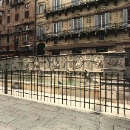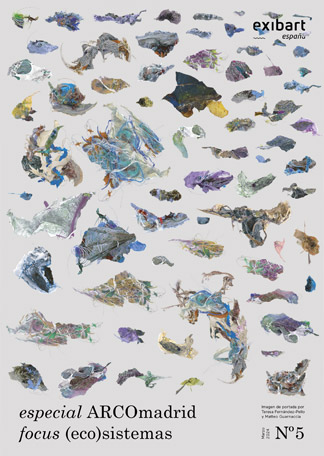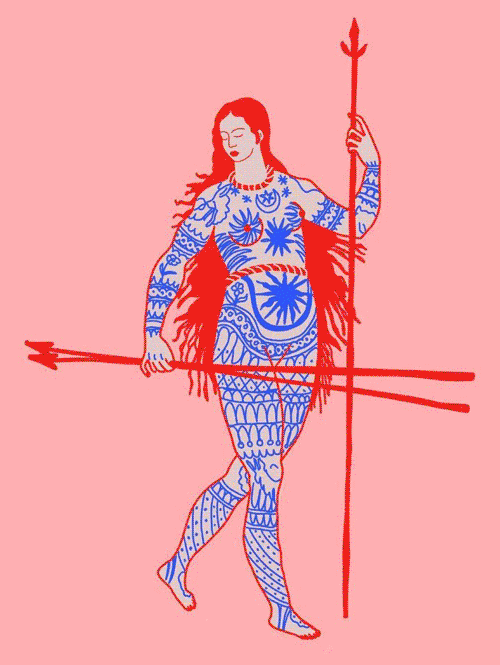-
- container colonna1
- Categorie
- #iorestoacasa
- Agenda
- Archeologia
- Architettura
- Arte antica
- Arte contemporanea
- Arte moderna
- Arti performative
- Attualità
- Bandi e concorsi
- Beni culturali
- Cinema
- Contest
- Danza
- Design
- Diritto
- Eventi
- Fiere e manifestazioni
- Film e serie tv
- Formazione
- Fotografia
- Libri ed editoria
- Mercato
- MIC Ministero della Cultura
- Moda
- Musei
- Musica
- Opening
- Personaggi
- Politica e opinioni
- Street Art
- Teatro
- Viaggi
- Categorie
- container colonna2
- container colonna1
Milan: Leonardo Da Vinci: «Dama dell’ermellino»
Inglese
Raffaello's «Velata» and Tiziano's «Venere di Urbino» will exhibit at the same time in Cracow. «The idea - said Veltroni - was born one year and a half ago during a trip to Poland. There I met the President of the Republic, Kasniewski, who immediately loved my proposal».
The painting, realized on an extremely thin walnut table, was purchased by the Polish Prince Adam Jerzy Czartoryski around the year 1800, during his travels to Italy.
He then donated it to his mother Isabel, who was working at the creation of the first national Polish museum in Pulawy.
The painting, realized on an extremely thin walnut table, was purchased by the Polish Prince Adam Jerzy Czartoryski around the year 1800, during his travels to Italy.
He then donated it to his mother Isabel, who was working at the creation of the first national Polish museum in Pulawy.
di redazione
 Within the framework of a loan-exchange between Italy and Poland Raffaello’s «Velata» and Tiziano’s «Venere di Urbino» have left the Uffizi Gallery for Warsaw.
Within the framework of a loan-exchange between Italy and Poland Raffaello’s «Velata» and Tiziano’s «Venere di Urbino» have left the Uffizi Gallery for Warsaw.
On the other side, from December 16 to January 24 (1999), one of the most beautiful and unknown paintings of Leonardo’s: the «Dama con l’ermellino», usually kept in the Czartoryski Museum in Cracow, will continue its three month exhibition in Italy.
The painting, realized on an extremely thin walnut table, was purchased by the Polish Prince Adam Jerzy Czartoryski around the year 1800, during his travels to Italy.
He then donated it to his mother Isabel, who was working at the creation of the first national Polish museum in Pulawy.
According to the most recent studies the portrait of the «Dama» was painted by Leonardo during his stay in Milan around the years 1489/90 and it represents a sort of «manifest» of the theorical reflections of the artist during those years.
The bright movement of the woman’s head, in oppositon to the bust, seems to reflect, almost as if it were a snapshot, the «motion of the soul» of the woman portrayed, revolutionizing the static typologies of a conventional portrait.
Leonardo conducts his research into the existing ralationship between the motion of the «soul» and that of the body, between inwardness and outward appearance, detecting with great modernity the psychological principle that superintends the action.
The woman portrayed seems most likely to be Cecilia Gallerani, a member of the high society of the court of Milan, friend of poets and men of letters and poet herself.
Here she is portrayed when she was just an adolescent, at the time that she was having a love affair with Ludovico il Moro, duke of Milan, who most probably ordered the painting to Leonardo, the artist of his court at that time.
The ermine, held by Cecilia in her arms, hides, under a naturalistic aspect, complex symbols alluding to Ludovico himself (conferred with the title of the “Ordine dell’Ermellino” in 1488), or even to the virtue of «measure» which recalls the ideas of «kindness» and «gentleness».
The new and revolutionary way of representing the human face, created in the painting of Cracow, is put in evidence by the violent use of light, which bathes the image from the right.
This effect is intensified by the black background, which is not the original one, but the result of a nineteenth-century restoration.
The ancient background should in fact be a mixture of grey and blue, as inferred by the accurate scientific analysis made at the National Gallery of Washington in 1992.









.jpg)




















